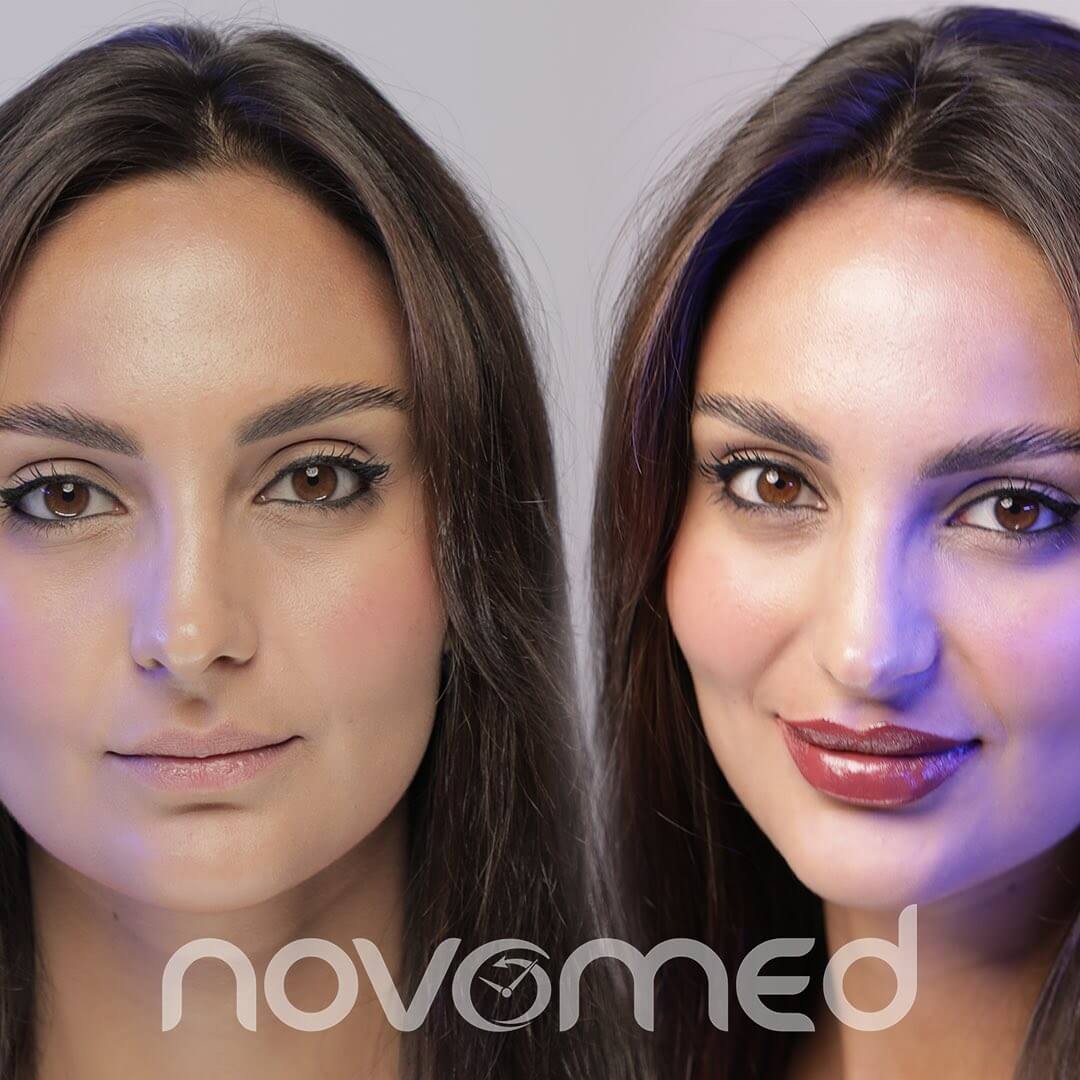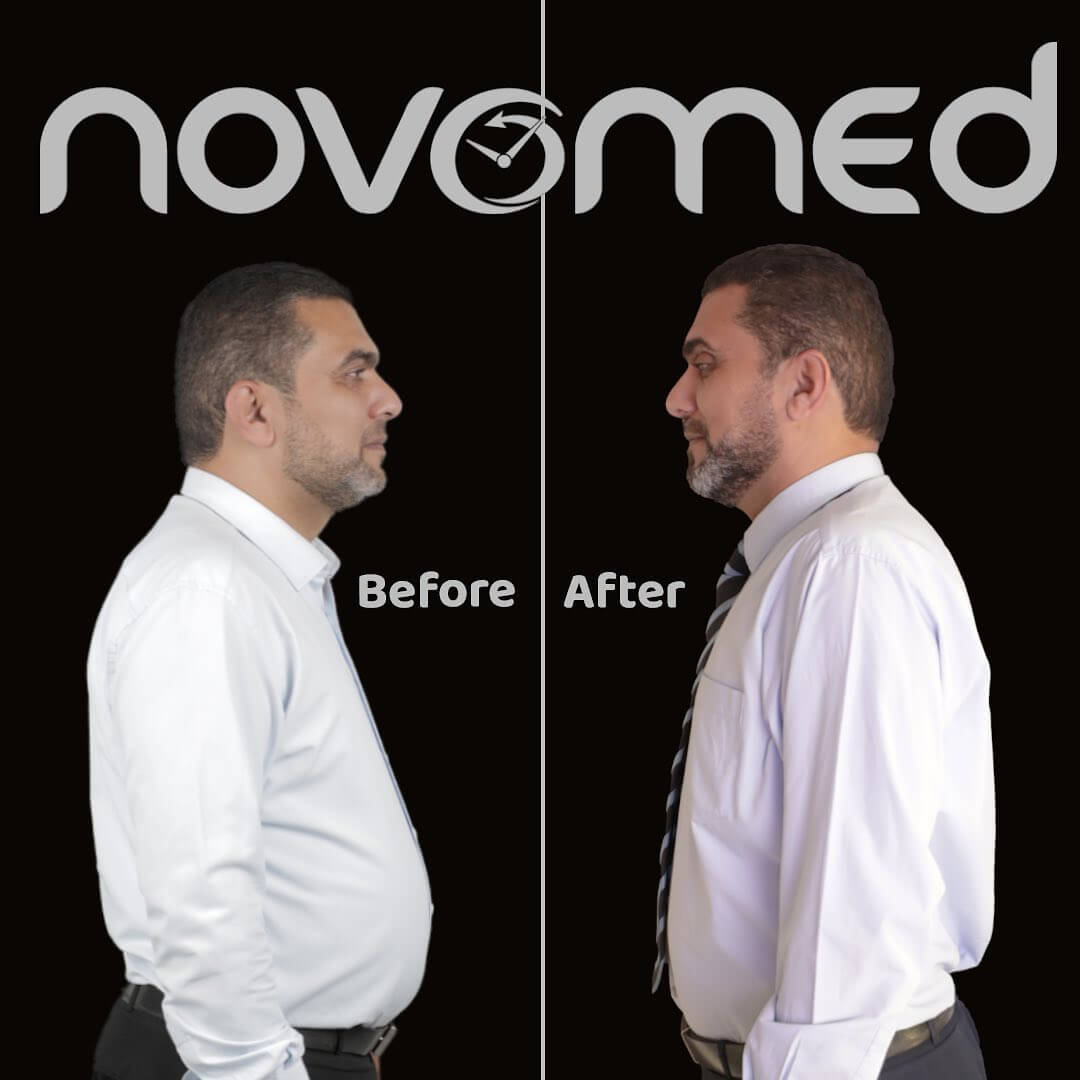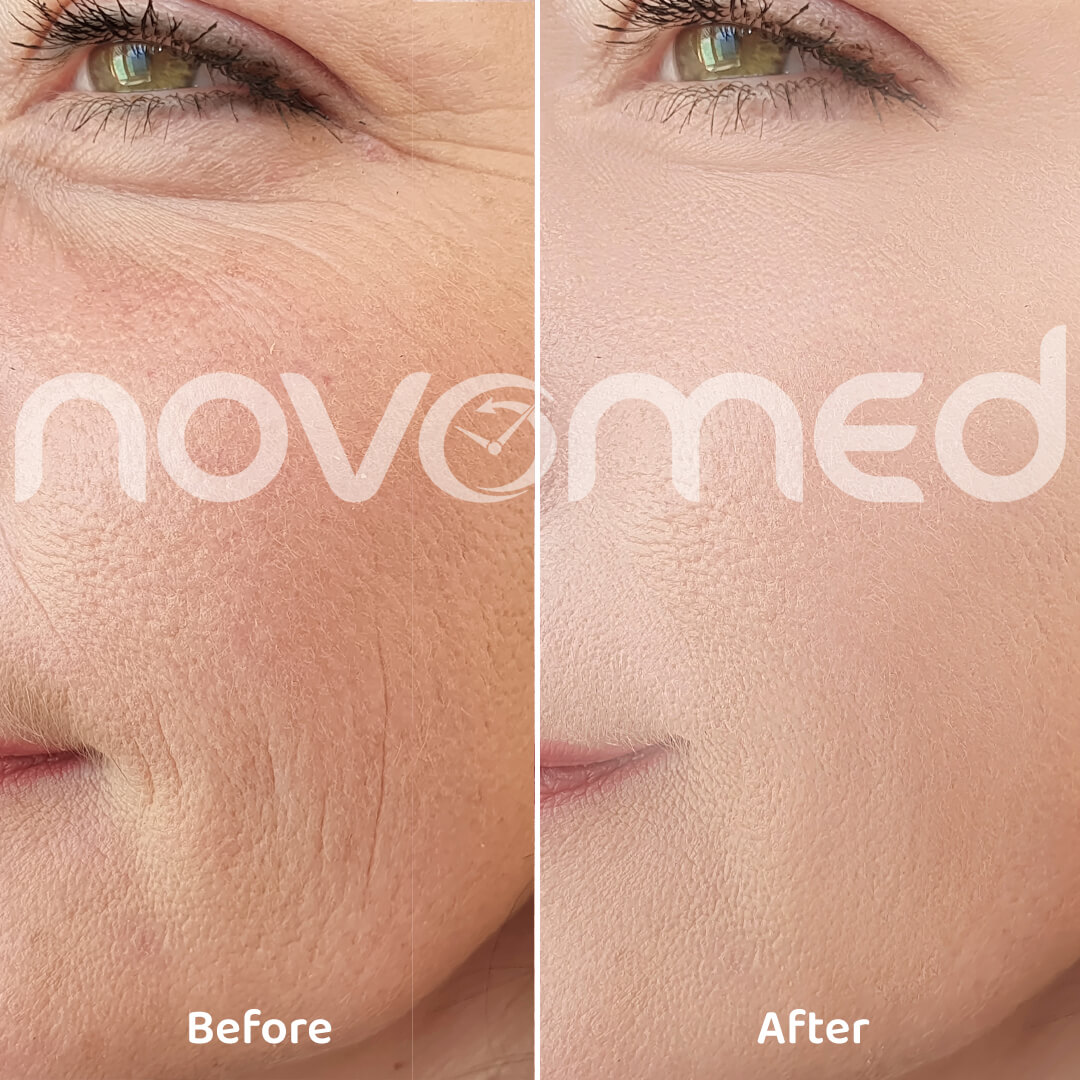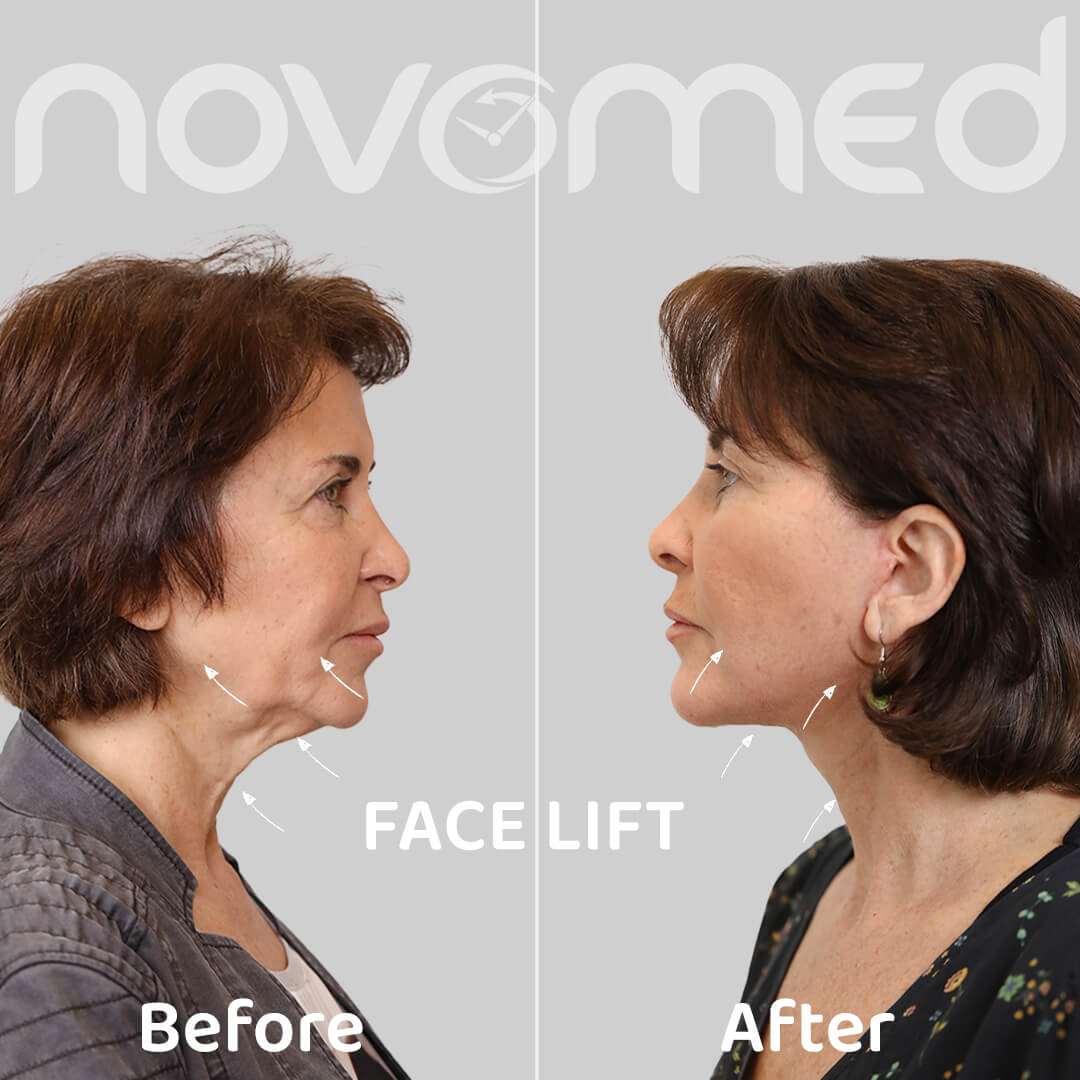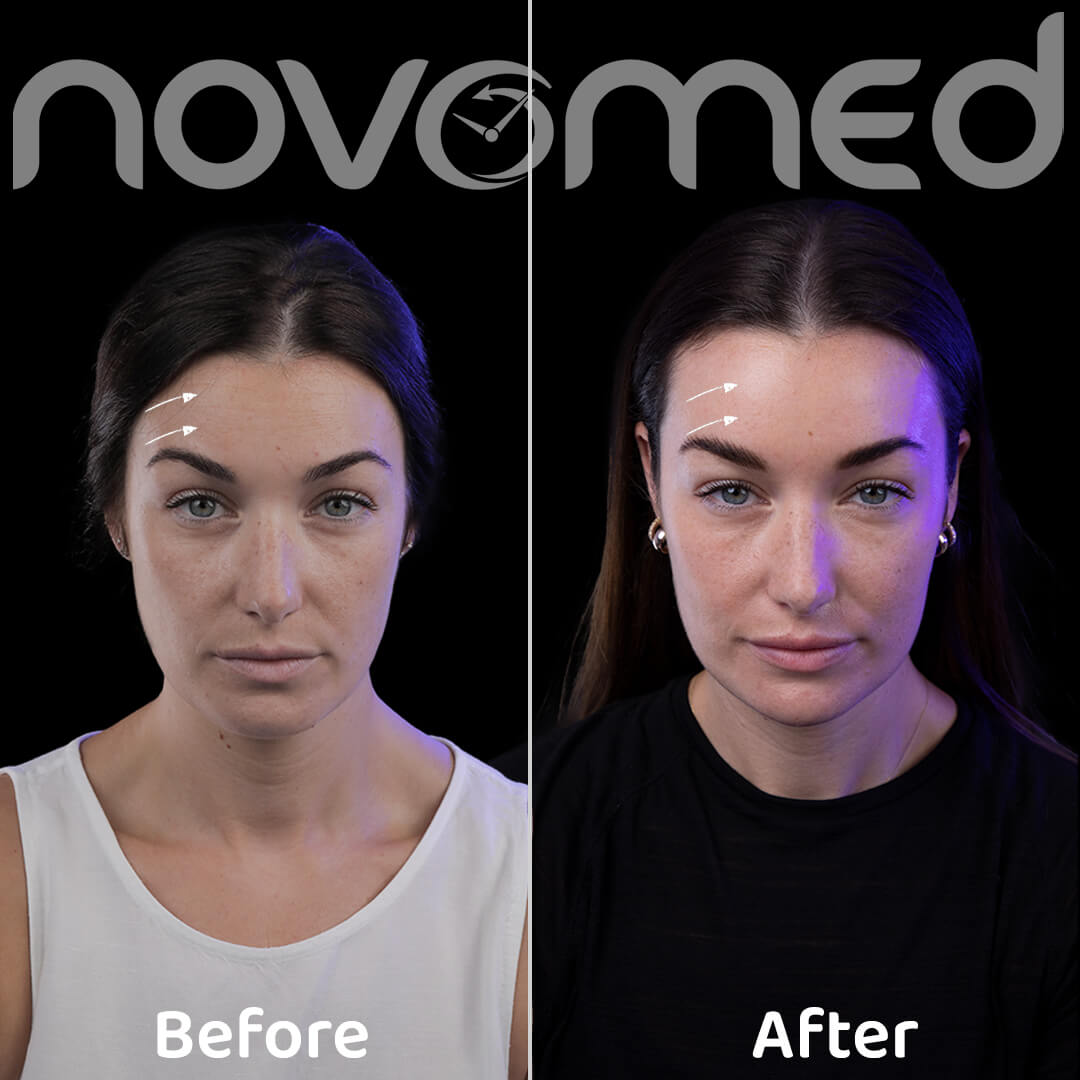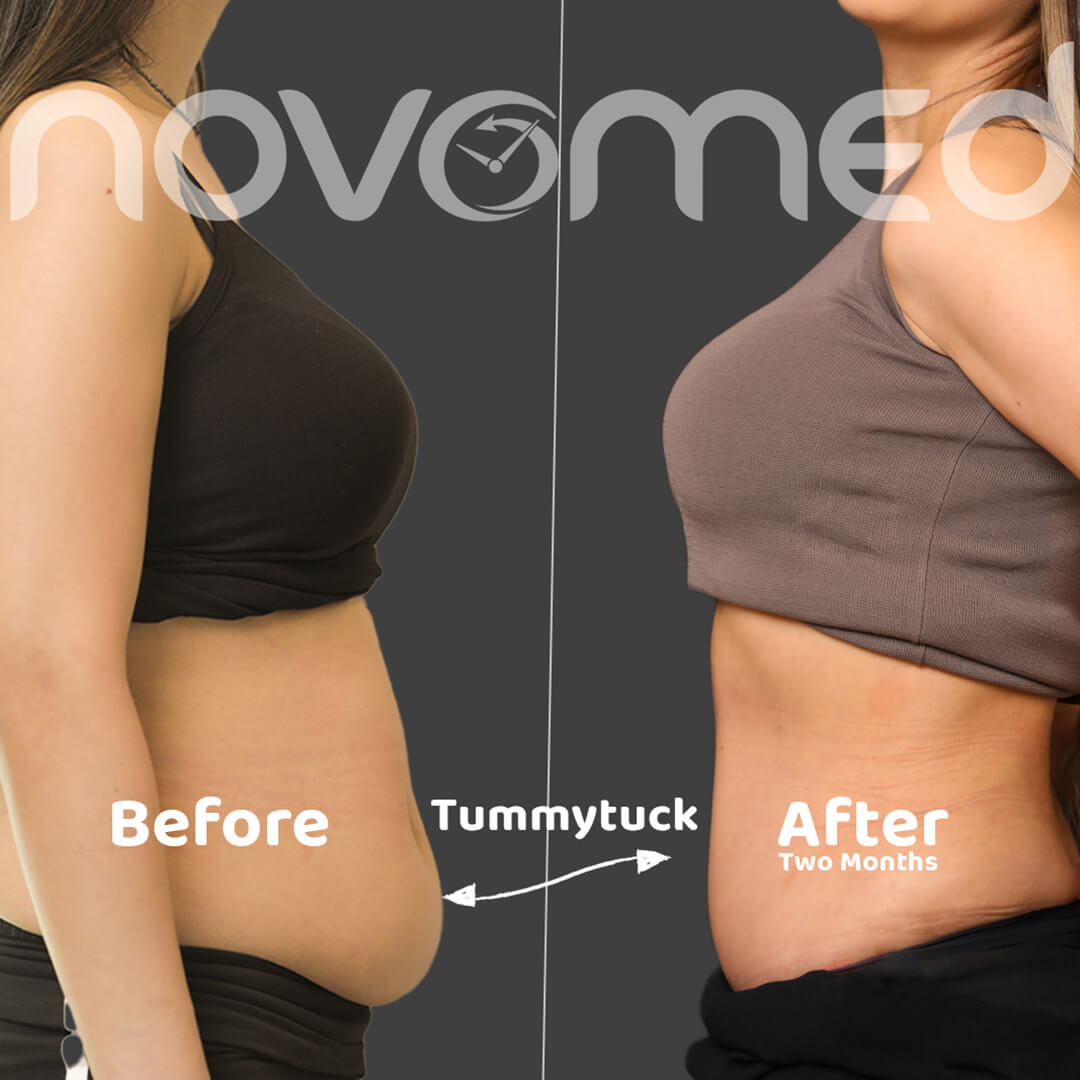Gastric Botox is an endoscopic outpatient procedure that accelerates weight loss by using gastric injections to temporarily relax the stomach muscles, causing them to contract less.
This procedure aims to help people feel full for longer than usual, which significantly reduces the total amount of food consumption.
During this procedure, the gastroenterologist guides the endoscope through the patient’s mouth into his stomach to inject the stomach muscle with Botox.
Am I a suitable candidate for Gastric Botox?
Gastric Botox is usually offered to patients with a body mass index (BMI) between 27 and 35 and want to lose weight, patients who were not able to lose significant weight in the past despite maintaining healthy diet and exercise, and patients who have one of the obesity-related health conditions, such as type 2 diabetes.
How long is the required hospital stay?
The procedure takes about 20 minutes and is performed under sedation. Patients can go home the same day of the procedure, and most of them can resume their activities the day after.
How long does the effect of Gastric Botox last?
Usually, it takes about 7 days before a patient sees results, which will last 4-6 months. In general, this procedure is ideal for patients aiming to lose 10-15 Kgs of their weight, and it can be repeated after six months if needed.
How quickly will the weight loss be achieved?
Patients usually begin to see weight loss in the first 4 weeks, and they notice decreased hunger, early feeling of fullness, or decreased stomach capacity after the procedure.
The success of the procedure depends on the patient’s ability to recognize and respond to signals of hunger and fullness in the body.
Also, it is important to adhere to a nutritional plan and exercise program to maintain weight
What are the risks and complications related to this procedure?
Gastric Botox solution can cause temporary side effects, such as nausea. These symptoms usually last for a short time and then gradually disappear. It is very important to discuss this with your doctor during the consultation and to understand and manage expectations while considering any potential associated risks.







